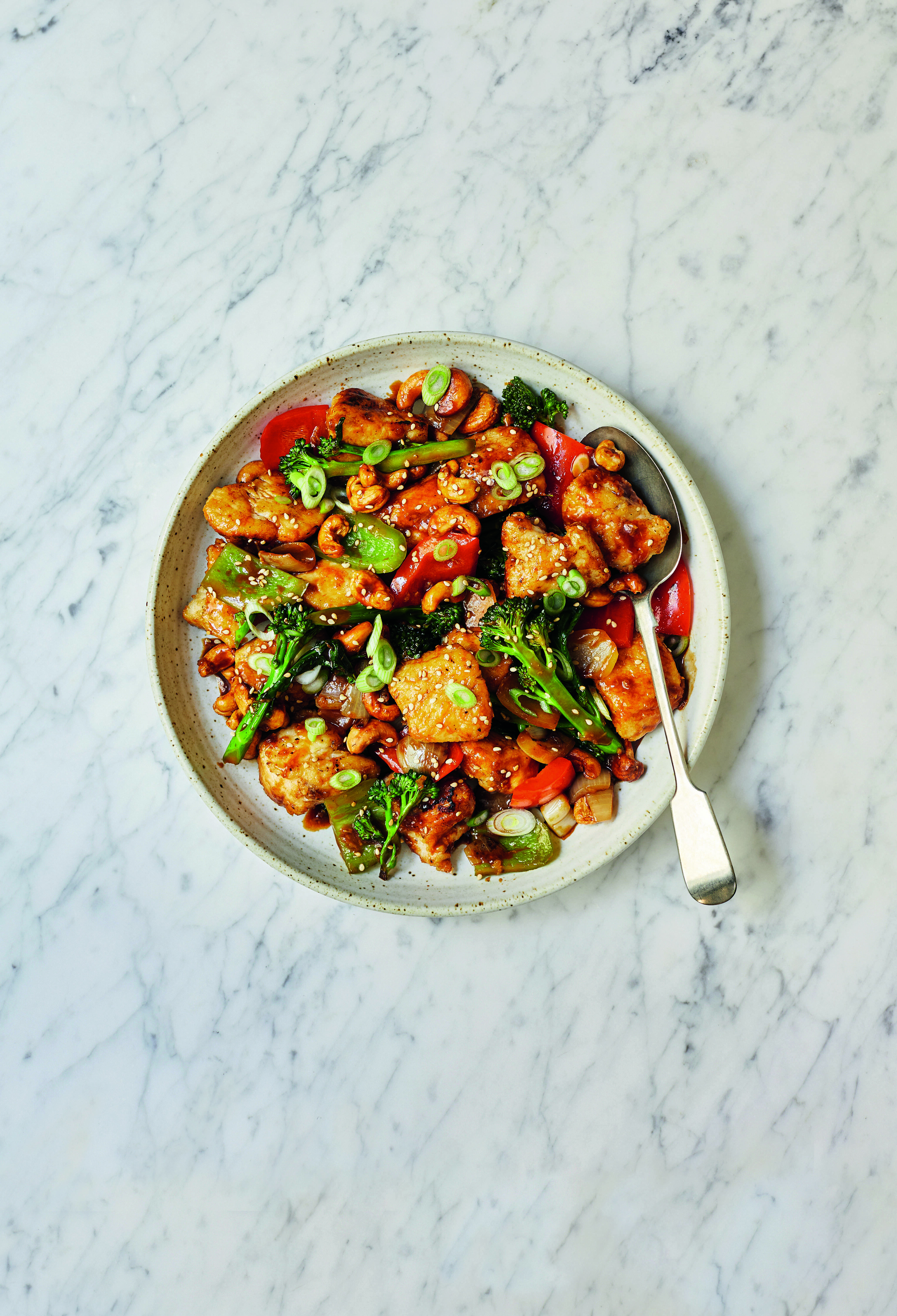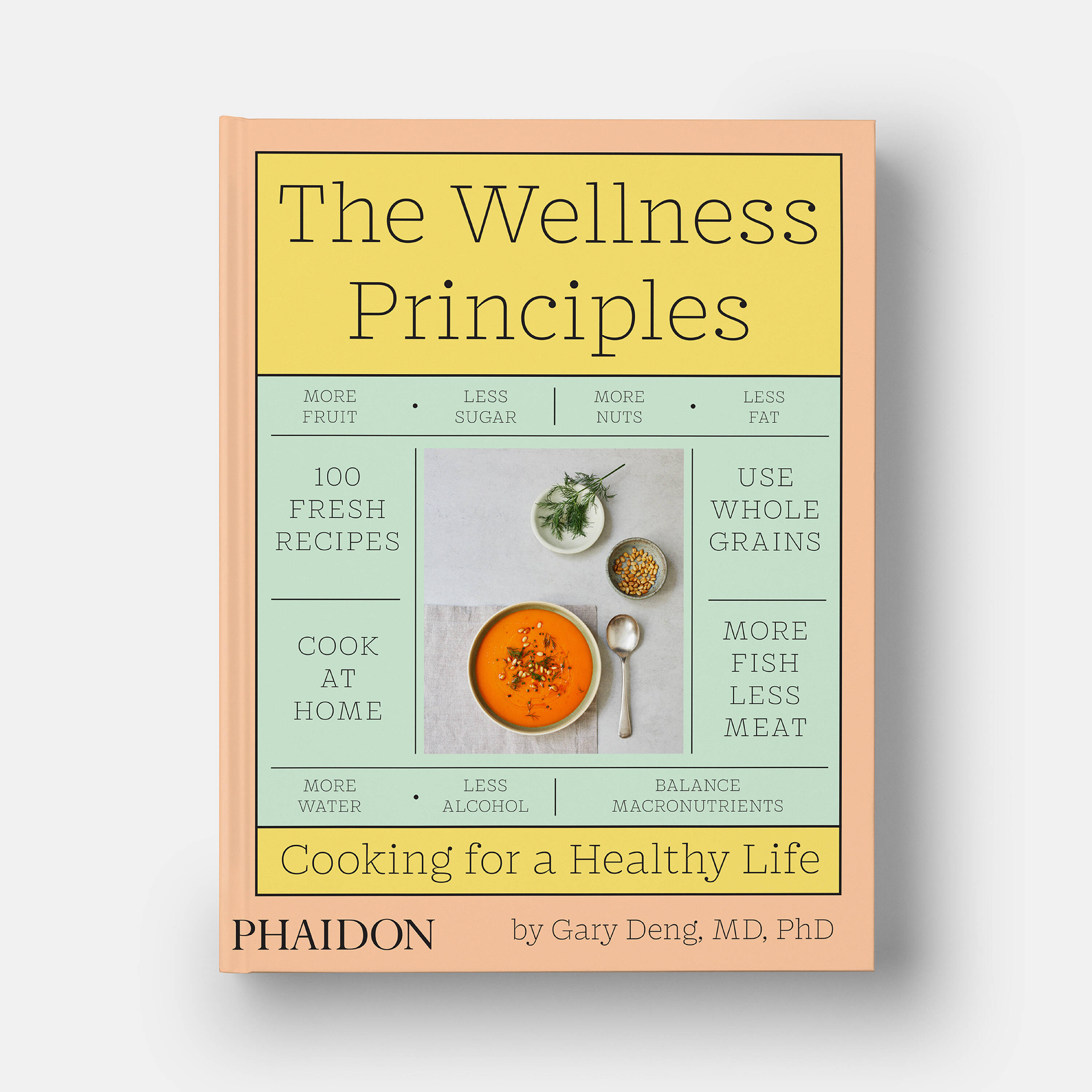
Try working this one Wellness Principle into your diet
Dr Gary Deng argues that a healthy plant-based diet can still include a little meat - and this is how much...
Dr Gary Deng has a prescription for all reluctant vegetarians out there. The Chinese-born, Manhattan-based doctor – Medical Director of Integrative Medicine at Memorial Sloan Kettering Cancer Center, and Clinical Professor of Medicine at Weill Cornell Medical College – understands that good health doesn’t begin and end in the consulting room. Instead, it extends throughout our daily lives, from the gym to the kitchen, the bedroom to the workplace.
Dr Deng’s new book, The Wellness Principles, sets out the kind of rules one should follow to enjoy a healthier life. Part cookbook and part medical guide, Deng’s new book includes plenty of delicious, easy-to-prepare dishes, accompanied by plenty of sage advice.
Take, for example, the current towards either vegetarianism, veganism, or at the very least, a lessening of the amount of meat in our diets. “Dietary trends change from year to year, and it can get confusing,” writes Dr Deng, “however the consensus in the medical and scientific worlds is that a plant-based approach is the common denominator of a healthy diet.
“The ‘plant’ here refers to vegetables, fruits, legumes, nuts, seeds, and grains. Plant-“based” means that the majority of what we eat comes from plant products. It can be but doesn’t have to be vegan (no animal products at all) or vegetarian (egg and dairy products allowed) — both of these diets are very healthy but may not be easy to follow or are impractical for a lot of people.”
Instead, Dr Deng suggests, place heavy emphasis on plants in your diet, while keeping a little meat on your plate. “You can view a plant-based diet as a vegan diet plus select high-quality animal proteins such as fish, shellfish, and eggs, with occasional poultry and meat,” he counsels. ”Specifically, I recommend eating meat no more than 2 times a week, poultry no more than 3 times a week, fish and shellfish 2–5 times a week, and eggs 3–6 times a week, with a total of no more than 14 servings of animal protein a week. The rest of your diet should ideally come from plants. This means that of your three meals each day, one is ideally vegan and the other two would have one serving each of animal protein.”

Dr Gary Deng
So how should you prepare that protein? Well you could try Dr Deng’s cashew chicken. As he explains, “chicken breast is full of lean protein, however it’s often battered and deep fried, or rubbed with spices and grilled. Although crispy skin tastes good, it is loaded with oil, salt, and fried starch— not a healthy combination.”
This skinless dish gets around that problem. To make it you require a cup (150 g) of cashews; four boneless, skinless chicken breasts (4–6 oz/120–175 g each), cut into 1-inch (2.5 cm) cubes; a teaspoon of toasted sesame oil; a ¼ teaspoon of kosher (flaked) salt; a ¼ teaspoon of freshly ground black pepper; a ¼ teaspoon of grated fresh ginger; a tablespoon of rice wine; a tablespoon of mirin or honey; a teaspoon of white wine vinegar or apple cider vinegar; a tablespoon of soy sauce; two tablespoons of hoisin sauce or oyster sauce; two cloves of garlic, minced; four teaspoons of cornstarch (cornflour); four tablespoons of olive oil; a large onion, cut into one-inch (2.5 cm) chunks; a red bell pepper, cut into one-inch (2.5 cm) chunks; a green bell pepper, cut into one-inch (2.5 cm) chunks; two cups of broccoli florets, cut into one to two inch (2.5–5 cm) pieces; a scallion (spring onion), chopped; and two teaspoons of toasted sesame seeds.
Preheat the oven to 350°F (180°C/ Gas Mark 4). Spread the cashews in a single layer on a baking sheet and toast until golden and fragrant, about five minutes. Remove and let cool. In a bowl, toss the chicken with the sesame oil, salt, pepper, and ginger. Let it marinate for 10 minutes. In a small bowl, whisk together the rice wine, mirin, vinegar, soy sauce, hoisin, garlic, and two teaspoons of the cornstarch (cornflour). Set the sauce aside. When you’re ready to cook, sprinkle the remaining two teaspoons cornstarch over the chicken and massage it in evenly. (Do this right before cooking. Leaving the starch on the chicken for too long will cause the starch to dissolve and it will become soggy.)
In a large frying pan, heat two tablespoons of the olive oil over medium heat until it ripples. Add half the chicken, spread in a single layer, and cook until golden, about a minute. Toss and cook until all sides are golden, two to three minutes. Remove and set aside in a large bowl or plate. Repeat with the remaining two tablespoons olive oil and chicken. (Cooking the chicken in batches prevents overcrowding and steaming of the chicken.)
Add the onion to the oil left in the pan and cook, stirring, until fragrant, about a minute. Add the bell peppers and broccoli, stirring to thoroughly coat in the oil, one-to-two minutes. Remove and combine with the chicken. Whisk the sauce again, add to the pan, and simmer until it starts to thicken, one to two minutes. Return the vegetables and chicken to the pan and stir evenly to coat. Return to a simmer, then stir in the cashews. Serve sprinkled with the chopped scallion (spring onion) and toasted sesame seeds. For the full recipe and much more besides, order a copy of The Wellness Principles here.

The Wellness Principles